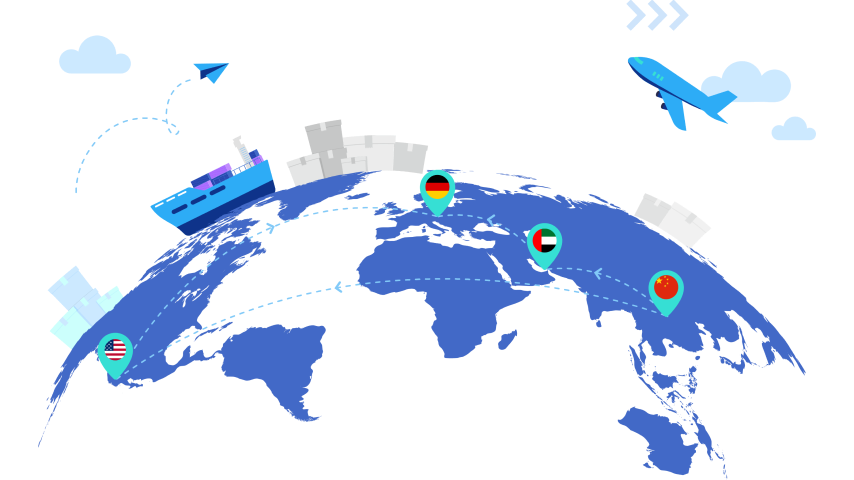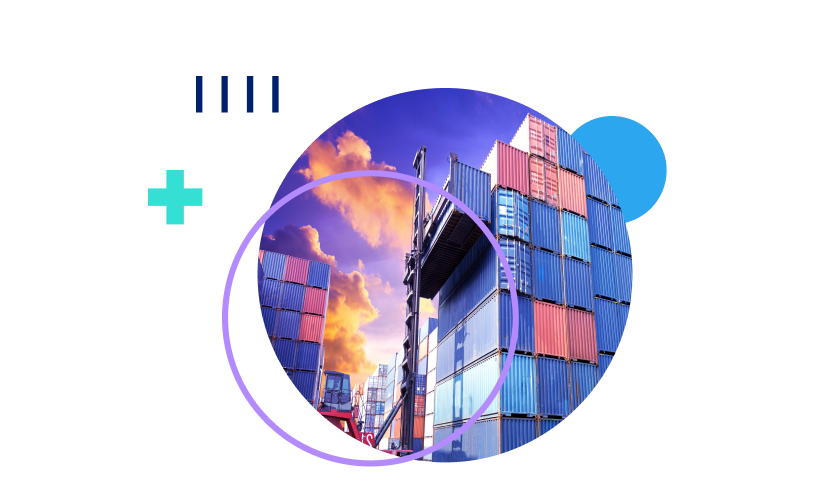Data on the sea/air opportunities compared to traditional modes
In a logistics landscape frequently disrupted by geopolitical tensions, such as the recent Red Sea crisis, pushes logistics professionals out of the box and prompts them to explore alternatives to transportation mode of choice that ensures supply chains can continue to run as required.
Most recently, the recent disruptions in the Red Sea that saw ocean freight rates from China to Europe by over 190% and saw transit times lengthen, sea-air services offered a strategic advantage for logistics professionals able to remain agile, by watching trends and jumping at opportunities to ensure a resilient supply chain.
The Numbers Behind the Sea-Air Opportunity
When evaluating the traditional lanes impacted by the Red Sea crisis, rates and transit times are up…significantly. However, alternative routings that combine ocean freight and air freight reveal a tremendous opportunity to decrease cost and transit times, benefiting the entirety of the value chain.
Of course, the economic viability of these types of shipments is limited to specific commodities. While COVID did see some modal shifts of everything from wheat to Peloton exercise bikes, there are certainly products that are less likely candidates for shifts. The interesting shift here, though, is that there’s a whole world of alternative shipping routes. With more easily accessible data and bookings, alternatives to, yes, historically alternative routes suddenly become far more viable.
The traditional China-Northern Europe route alternative banked on sea freight to Dubai, followed by air shipping to the final European destination.
However, interestingly enough, in today’s global freight environment, shipping from China to Los Angeles by ocean freight and following that up with air cargo shipments to Europe may actually be a more viable route. Despite the higher initial sea freight cost to the United States, this combination can ultimately deliver overall savings of 34 cents per kilogram when compared to Dubai…and a two day reduction in transit time.
Here’s how the data stacks up, relying on data points from Freightos’ air and ocean data., it’s clear just how significant the opportunity could be for carriers, forwarders, and BCOs (shippers).
Data on China – Europe Air/Sea Switch: Los Angeles vs Dubai
Data as of mid-February, 2024
Lanes affected by the Red Sea Crisis: China-Northern Europe.
Current price per 40’ container: $5,400
Current Transit Time: 45 days
Europe via Sea-Air: Traditional Dubai Routing
The traditional model for Air/Sea would be to route from China to Euroe via Dubai. This would incur a cost of $2,400 per 40 ft container with a transit time of 26 days. In other words, ocean cargo costs would cost about $0.21/kilogram to Europe. At approximately 67 CBMs in every 40 foot container and a standard of 167 kilogram / CBM, the approximate capacity of each container is 11,189 kilograms. This would be followed by $1.74 / kilogram for the air cargo portion of the shipment to Germany (FRA), resulting in a blended cost of $1.95 / kilogram.
Europe via Sea-Air: The Los Angeles Routing
As mentioned, the Los Angeles routing option provides a compelling alternative. Ocean routing for shipping from China to Los Angeles is a far steeper $4,800 per container – $0.43 / kilogram – which may be enough to instantly reduce interest from logistics professionals, despite the allure of saving two days on transit time. The air cargo portion of the shipment, however, is where it gets interesting, with shipping costs from Los Angeles (LAX) to Frankfurt (FRA) clocking in at $1.18 / kilogram. Total blended cost? $1.61. For a full shipping container, that results in a full $3,804 of savings, or a 17% savings.
The Bottom Line: Agility Matters
The takeaway here shouldn’t (only) be that shipping Sea/Air through Los Angeles presents a superior alternative to Dubai. It underscores that air carriers, freight forwarders, and shippers must remain agile, staying constantly aware of the full market opportunity with actionable market intelligence to create value in a competitive market.
For more information on how Freightos drives market insights across the value chain, visit terminal.freightos.com



